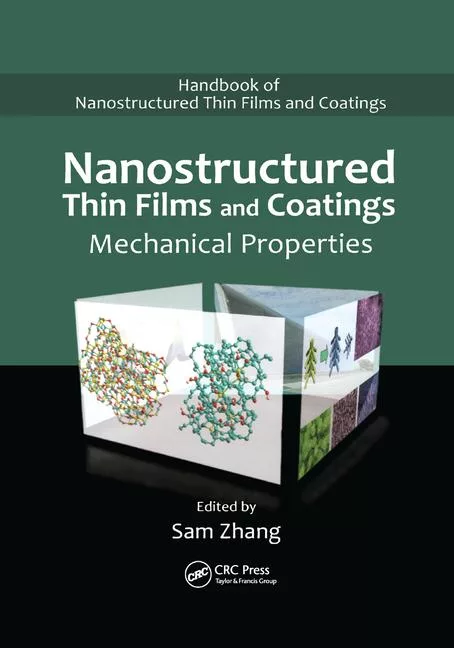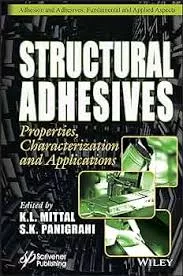Adhesives Replacing Mechanical Fasteners
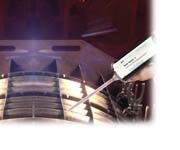
Adhesive fasteners are quickly replacing traditional methods for joining parts, such as screws, nuts, bolts, rivets, welds and other mechanical fasteners. Key benefits of adhesive fasteners include reduced material, labor and processing costs; reduced assembly labor time; ease of use; and easier disassembly of parts, if necessary.
Bonding metal parts with adhesives allows assemblers to bond dissimilar materials, such as thermoplastics or composites. In addition, it can fill the need for customers' demands for strong-yet-flexible bonds, such as bonding flexible plastic to a thin metal.
According to a recent study by the market research firm The Freedonia Group Inc., gains in the manufacturing and assembly market will be promoted by a rebound in the general economy, arising from a sluggish 2002 base. The fact that specialty adhesives can augment or eliminate mechanical fastener requirements in structural applications will promote growth in various manufacturing and assembly markets, such as electronic components, motor vehicles, and aerospace equipment.
With these and other sales opportunities becoming more prevalent, adhesive and sealant manufacturers are actively launching a host of new products, including the following.
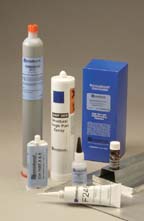
BOSTIK FINDLEY INC. recently launched Bostik® Liquid Rivet 1152 FS adhesive/sealant. The material is a high-solids, moisture-curing formulation with very high green strength and initial tack, providing excellent high strength elastic bonding performance. It can eliminate the need for most, if not all, mechanical fasteners when applied to proper engineering guidelines, as well as improve vibration attenuation and sound dampening. Liquid Rivet is recommended for overhead/vertical bonding and panel holding, or to reduce the clamping time typically required of a traditional adhesive/sealant. It can be used for fabricating and assembling transportation and transit vehicles, as well as for the construction of truck trailers and containers, recreational vehicles and light-rail cars, and for van conversion. For more information, contact Bostik Findley Inc., 211 Boston St., Middleton, MA 01949-2128; phone (888) 603-8558 in the United States and (800) 461-0418 in Canada; or visit http://www.bostikfindley-us.com .
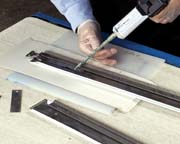
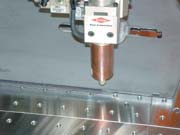
*Trademark of The Dow Chemical Co.

- Bonds plastics, metals, composites, wood and dissimilar substrates
- Environment Friendly - 100% solids, low VOC
- Rapid Cure - Room temperature cure, no heat or UV
- Dispense using handheld dispensers or meter-mix equipment
- No surface preparation such as sanding or grinding
- Unequaled resistance to chemicals, fuels and impact
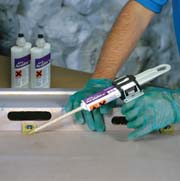
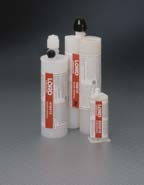
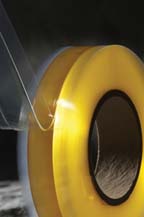
A new, thicker gauge polyurethane foam bonding tape has been developed by SAINT-GOBAIN PERFORMANCE PLASTICS. The new product provides added energy dissipating qualities for use in demanding applications. Part of the trusted V2800 series, this new closed-cell urethane foam is 0.090" thick and has the company's aggressive acrylic adhesive on both sides. This new thickness is being offered in response to industry demands for a bonding tape for large-gap joining that will provide added stress-absorbing properties. Normount bonding tapes are used in a variety of industrial and automotive applications in place of mechanical fasteners. For more information, e-mail brian.s.luke@saint-gobain.com or phone (518) 686-6195.
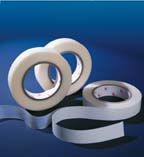

BTI Update
By Lawrence D. Sloan, Senior Director, Membership & Strategic Initiatives, The Adhesive and Sealant Council, Inc., Bethesda, MDOver the past 18 months, the BTI coalition has developed an impressive body of market research into identifying and selecting key targeted markets for future growth. Last year, ChemQuest conducted focus groups across multiple industries to obtain current perceptions about adhesives voiced by end-users, designers and engineers. Based on ChemQuest's market research, the coalition selected 19 key markets in construction, automotive and general industrial assembly considered to be the most economically attractive for adhesive penetration. ChemQuest is currently developing "value-chain analyses" to quantify the costs of using mechanical and other types of incumbent fasteners in various applications. From these analyses, cost models are being developed (a beta test version is slated for completion this summer) so that coalition members can help potential customers quantify the costs of switching from their incumbent fastener to an adhesive. Other efforts developed to assist designers include work on an adhesives CAD/CAM element.
And now, under the Adhesive Fastening Institute (AFI) name, the BTI coalition is developing articles documenting industry success stories, with the intent to communicate reliability and durability of adhesives subjected to rigorous duty. These articles will appear in various trade publications representing the BTI target markets.
Plans are now under way to make AFI the one place for end-users to turn to for information. ASC is pleased to take a leadership role in our industry's efforts to further educate the marketplace, and help provide the design tools end-users need to make properly informed decisions when selecting adhesives or sealants for their next bonding application.
With the first phase of work set to close at the end of this year, the BTI Coalition is now making plans for its areas of focus for 2005 and beyond. We will continue to update the media as a project plan is developed.
For more information about the BTI program, contact Lawrence D. Sloan, The Adhesive and Sealant Council, Inc., 7979 Old Georgetown Road, Suite 500, Bethesda, MD 20814; phone (301) 986-9700 ext. 111; fax (301) 986-9795; e-mail larry.sloan@ascouncil.org ; or visit http://www.ascouncil.org .
Looking for a reprint of this article?
From high-res PDFs to custom plaques, order your copy today!




